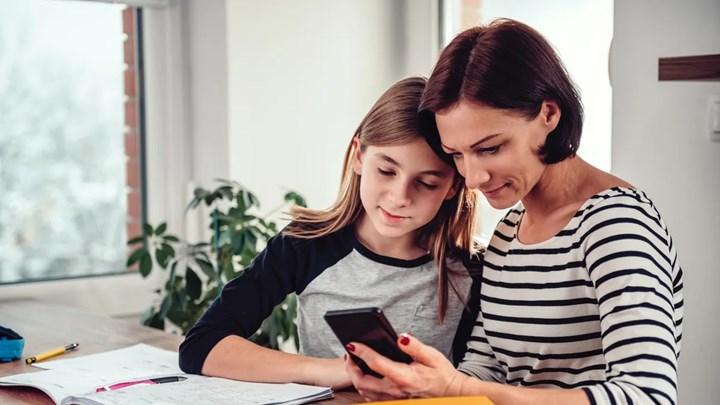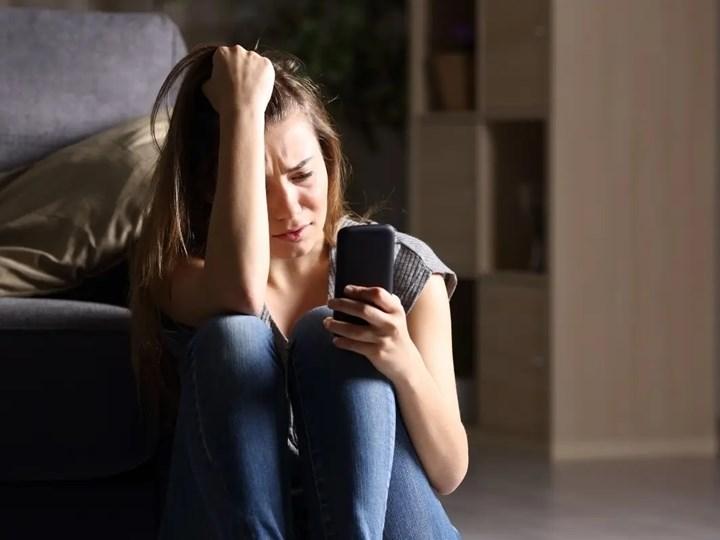 Research shows that children and even adults may be prone to anxiety and depression caused by excessive use of social media. Platform owners like Meta, Twitter, and Google have mostly denied this issue or created band-aids like YouTube Kids or Instagram Kids. Now, after years of silence, one of the top mental health authorities in the US has finally clarified the issue.
Research shows that children and even adults may be prone to anxiety and depression caused by excessive use of social media. Platform owners like Meta, Twitter, and Google have mostly denied this issue or created band-aids like YouTube Kids or Instagram Kids. Now, after years of silence, one of the top mental health authorities in the US has finally clarified the issue.The American Psychological Association (APA) has published a health advice regarding adolescent social media use. The APA avoided describing social media use as “inherently beneficial or harmful,” saying instead that the positive or negative effects young people experience are mostly determined by their predisposition to use social media. In other words, social media reinforces already held positive or negative emotions by incorporating existing concepts of self-worth.
The APA has proposed 10 guidelines to help ensure that children and young people are not adversely affected by their use of social media.
parent guidance
 It is recommended that parents guide their children in establishing positive social interactions with peers with similar interests and needs, rather than allowing them to be distracted by random and sometimes negative comments from strangers. Parents are also advised not to do this in an oppressive way, especially during early adolescence, and to use the “permission/consent” technique.
It is recommended that parents guide their children in establishing positive social interactions with peers with similar interests and needs, rather than allowing them to be distracted by random and sometimes negative comments from strangers. Parents are also advised not to do this in an oppressive way, especially during early adolescence, and to use the “permission/consent” technique.The APA does not, however, place the full responsibility of protecting young people on parents. It is stated that platform owners should be held responsible for controlling harmful shares. It is also stated that platform owners should minimize posts that encourage hatred, prejudice and bullying.
The APA says parents can be more proactive by screening and assessing their children’s “problematic social media use.” APA CEO Dr. According to Arthur Evans, these also shared some of the questions parents should consider when evaluating their children’s online activities:
“Does it interfere with your child’s sleep and physical activity? Does it interfere with their schooling or other activities that are important to their development? Or is it difficult for them to disconnect from social media? Do they lie to engage with social media?”
Social media and its relationship to mental and physical development is a new field. Although many groups have conducted formal studies on this issue, APA underlines the need for a more coordinated effort and states that more resources should be allocated for research.
Advices

- Young people using social media should be encouraged to use functions that create opportunities for social support, online friendship and emotional intimacy that can promote healthy socialization.
- Social media use and functionality should be tailored to the developmental abilities of young people; Structures created for adults may not be suitable for children.
- In early adolescence, adult monitoring (ie, ongoing review, discussion, and coaching around social media content) is recommended for most teens’ social media use; autonomy can gradually increase as children age and acquire digital literacy skills. However, monitoring must be balanced with the appropriate privacy needs of young people.
- To reduce the risk of psychological harm, adolescents’ exposure to social media content that demonstrates illegal or psychologically maladaptive behavior, including content that teaches or encourages engaging in health-risk behaviors such as self-harming, harming others, or promoting eating disorder behavior, should be minimized. must be downloaded.
- To minimize psychological harm, adolescents should be minimized when they engage in or engage in online discrimination, prejudice, hatred or cyberbullying, especially against a marginalized group (e.g. racial, ethnic, gender, sexual, religious, ability status).
- Adolescents should be routinely monitored for signs of “problematic social media use” that may impair their ability to carry out their daily roles and routines and pose a risk for more serious psychological harm over time.
- The use of social media should be limited in a way that does not interfere with the sleep and physical activities of adolescents.
- Adolescents should be restricted from using social media for social comparison purposes, especially content related to beauty or appearance.
- Adolescents should be given social media literacy training before using social media.
- Significant resources should be provided to studies for the continuous scientific examination of the positive and negative effects of social media on adolescent development.